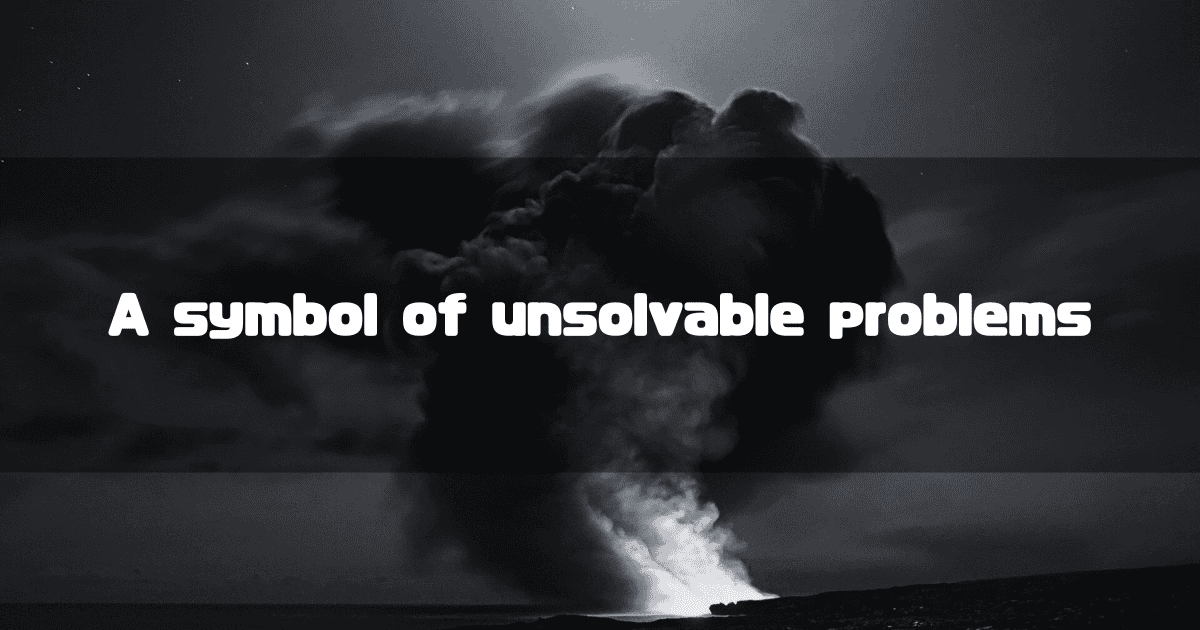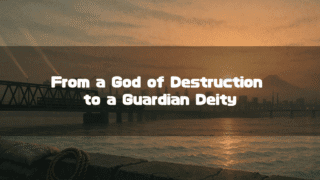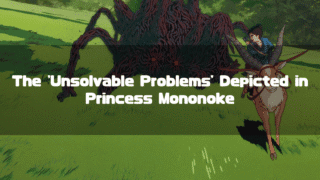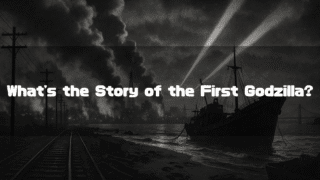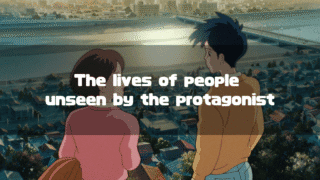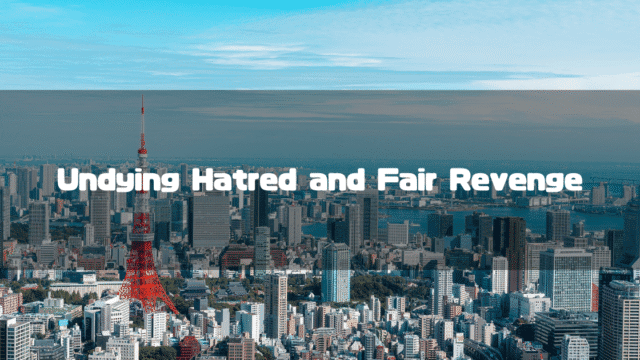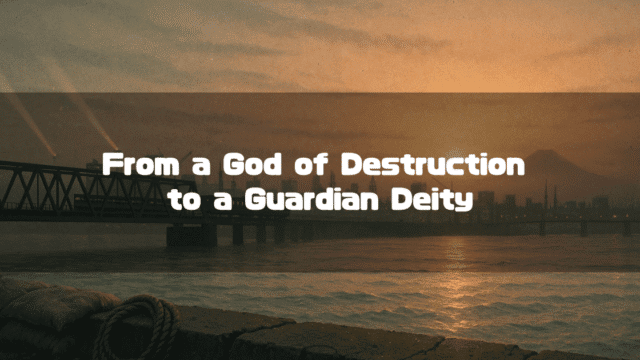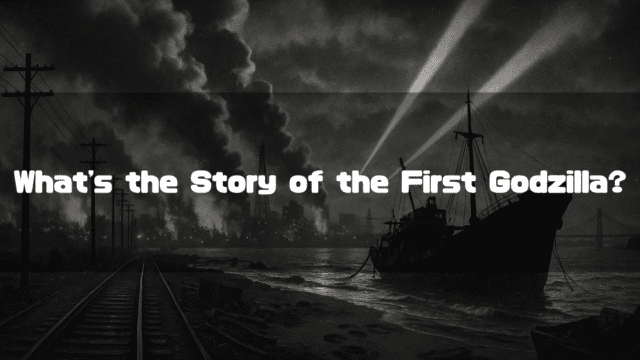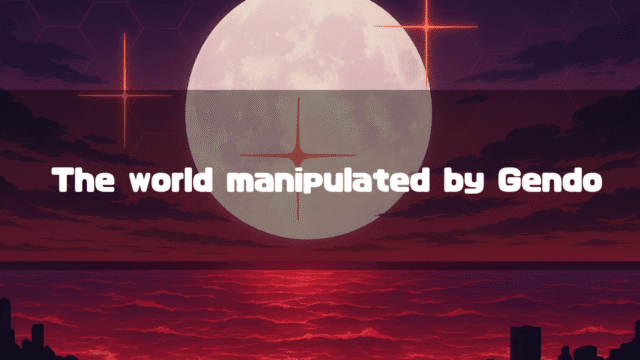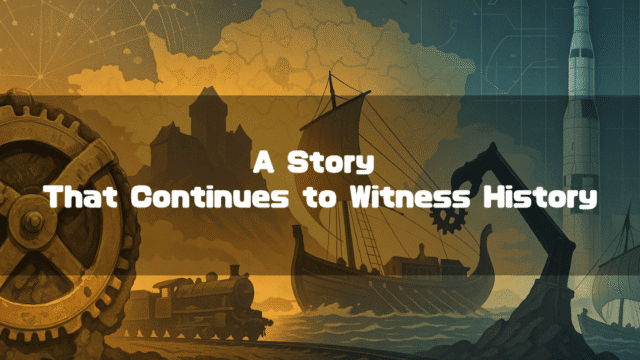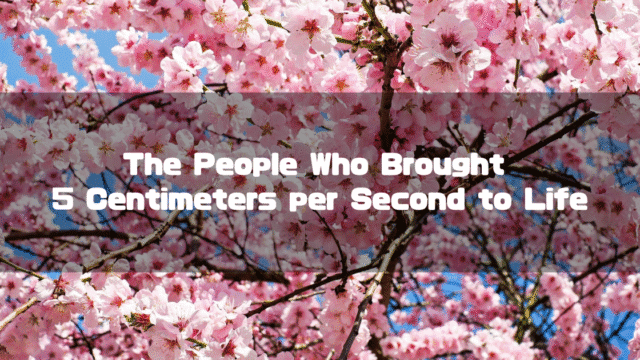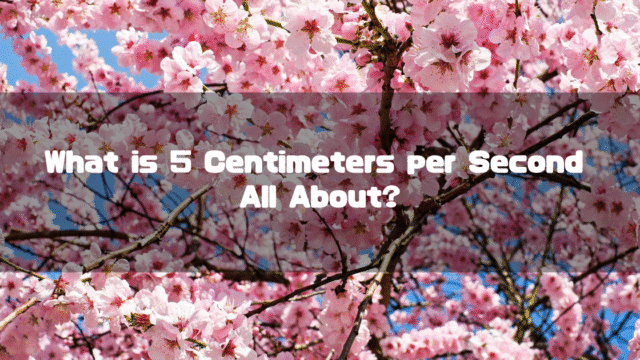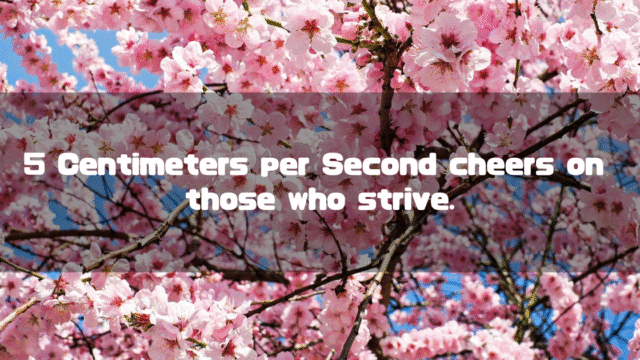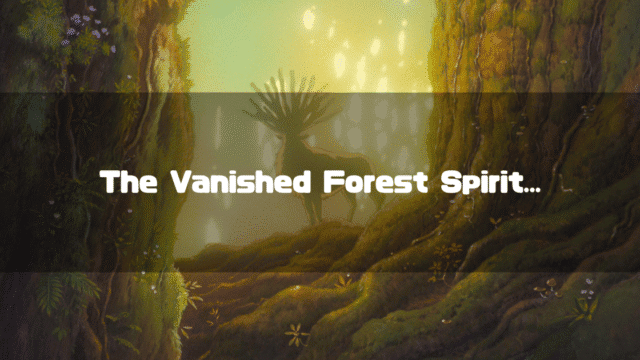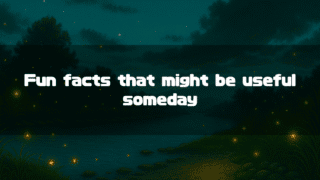Shin Godzilla(Official) is a 2016 movie directed by Hideaki Anno and Shinji Higuchi, and written by Hideaki Anno. When it was first announced that Hideaki Anno would be creating a new Godzilla film, I was eagerly awaiting the new Evangelion movie (Evangelion: 3.0+1.0 Thrice Upon a Time), so I felt a slight sense of disappointment. However, the fact that “Hideaki Anno is doing Godzilla” was far more appealing.
I vividly remember that once it was released, many people around me went to see it in theaters, and we all got excited talking about familiar places, the trains, and even TV Tokyo.
Now, this time I want to consider why they couldn’t kill Godzilla in Shin Godzilla, but first, I’d like to think about the “‘Why does Godzilla come to Japan?’ problem.”
*This article is an English translation of the original Japanese article, 映画「シン・ゴジラ」で、なぜゴジラを殺せなかったのか?.
Let an AI walk you through the highlights of this post in a simple, conversational style.
- Godzilla is a symbol of “the uncontrollable” and “the absurd”
Godzilla symbolizes uncontrollable disasters like typhoons and earthquakes, appearing in Japan absurdly. Even though a reason for Godzilla’s appearance is given in Shin Godzilla, the damage it causes is still depicted as absurd and an unsolvable problem. - Godzilla’s existence is a “symbol of modern unsolvable problems”
The ending of Shin Godzilla depicts living while confronting the “modern unsolvable problems” that Godzilla symbolizes, and it should be interpreted as an abstract theme that goes beyond the issue of nuclear power plants.
Why Does Godzilla Come to Japan?
One of the important things when talking about Godzilla is the “Why does Godzilla come to Japan?” problem. Of course, it comes to Japan because it’s a Japanese movie, but there’s another important perspective.
In other words, “we are asking the wrong question in the first place.” The phenomenon of Godzilla coming to Japan is similar to the occurrence of a typhoon or an earthquake. The question “Why do typhoons come to Japan?” isn’t quite right. I think the correct structure is “We live in a place where typhoons come, and we happen to call that place Japan.” The same applies to earthquakes.
Basically, regarding Godzilla as well, it’s not that “Godzilla comes to Japan,” but rather the correct stance is likely “We live in a place where Godzilla comes, and we call that place Japan.”
A Symbol of the Uncontrollable
In other words, Godzilla is less of a giant creature and more of a “symbol of uncontrollable disaster that befalls us.” The Tatari-gami (Cursed God) that appears at the beginning of Hayao Miyazaki’s Princess Mononoke has the same structure. It’s pointless to think “Why did it come to that village?” or “Why was Ashitaka cursed?” The reality is that “for some reason, they are attacked, and for some reason, he is cursed.”
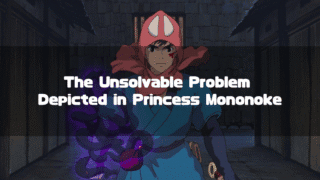
And since we still cannot control typhoons or earthquakes, we can only pray, “Be still… be still…” and wait for the disaster to pass.
In the original Godzilla, conventional weapons created by humans were completely ineffective, and something “beyond human capability” was needed: the “Oxygen Destroyer” developed by the genius Dr. Serizawa. Also, since the original Godzilla was a monster born from the results of a hydrogen bomb test, it should have originally made landfall in America. However, Godzilla is not an entity to which such “logic” applies; it comes to Japan “absurdly.”
In that sense, it could perhaps be said that it is a “symbol of the uncontrollable” and at the same time a “symbol of the absurd” (thinking this way, the Tatari-gami really does seem to be a Godzilla).
Returning to Shin Godzilla, in this case, there is a reason why Godzilla came to Japan. In short, “Dr. Goro Maki transformed into Godzilla and attacked Japan to get his revenge.”
Well, “transformed” might be an overstatement, but I think it’s certain that he “used his research to evolve a Godzilla that had grown massive due to exposure to nuclear waste,” and personally, I believe he really did “transform” (I think this is the part where Anno “did as he pleased”).
So, does having a reason mean it’s not absurd? Quite the opposite. For the people who suffered damage from Godzilla, it’s a “huge nuisance,” and for those who died, it is absurdity itself.
Therefore, for the reasons I’ve stated, we cannot kill Godzilla. In my personal view, I don’t think Godzilla could have been killed even with a nuclear attack by the UN forces. However, Shin Godzilla seems to contain meanings beyond the problems I’ve mentioned so far. After all, the director is the one and only Hideaki Anno.
What Its Existence Symbolizes
Now, to consider why they couldn’t kill Godzilla, I think it’s a good idea to consider “what kind of story it would have been if they could have killed it.” Since Shin Godzilla is a work made after the Great East Japan Earthquake, it is influenced in various ways, and I think it’s generally correct to see Godzilla’s final form as a symbol of nuclear power plants.
Therefore, if a work had been created in 2016 that “brilliantly kicks Godzilla’s butt, albeit with sacrifices,” it would have become a completely irresponsible and absurd story saying, “If we all work together, we can even solve the nuclear power plant problem!”
Therefore, I think the only possible ending for Shin Godzilla was, “We will continue to live on, even while bearing the problem that is Godzilla.”
Thinking about it that way, what Godzilla symbolizes in Shin Godzilla seems to have a higher level of abstraction than the specific problem of nuclear power. In other words, Godzilla has become a “symbol of problems that are currently unsolvable.” This was also a theme depicted in the Evangelion TV series and Princess Mononoke.
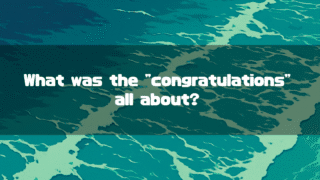
To summarize, the reason they couldn’t kill Godzilla in the movie Shin Godzilla is that “we who live in the modern age have problems that cannot be solved even if we all join forces and fight together.” Providing an absurdly happy ending might be one method, but I think it was impossible to do that in 2016.
Appendix: Godzilla’s Tail in the Last Scene
When you talk about Shin Godzilla, the “tail in the last scene” is something you can’t help but wonder about. It looks like a bunch of alien-like creatures are being born from the tip of the tail, and when the movie ends on that scene, we first-time viewers are left to spend sleepless nights wondering, “What the heck was that?!”
But there’s no need to worry. There’s an explanation in the movie itself. And it’s explained in dialogue. From around the 1 hour and 17-minute mark, in a conversation among the members of the “Giant Unidentified Lifeform Disaster Response Team”:
“This is the possibility of Godzilla’s asexual reproduction, verified by combining data from various events and data from Tsukuba. We predict that individuals will multiply exponentially around the world.”
“From an evolutionary standpoint, it’s possible they won’t just become smaller, but could also become winged and fly between continents!”
In other words, if they had been just a little bit later, Godzilla would have become smaller, grown wings, reproduced on its own, and scattered throughout the world.
The final scene with the tail signifies that “it was a close call,” and conversely, it’s also saying that we can’t leave this problem alone any longer. In the end, it’s not a work that lets you leave the theater with a big smile, thinking, “Wow, that was fun!” as simple entertainment.
About the Author
Recent Posts
- 2025-10-15
Indiana Jones and the Dial of Destiny(2023):Historical Background-WWII, the Real Dr. Schmidt, the Siege of Syracuse, and the Antikythera Mechanism - 2025-10-08
Why Does Children Who Chase Lost Voices Feel So Ghibli-esque? [Makoto Shinkai’s “Tale of Farewell”] - 2025-10-07
5 Centimeters per Second: Characters, Voice Actors, Character Analysis and Character Map - 2025-10-06
5 Centimeters per Second: Full Synopsis, Analysis, Ending Explained & Character Map (Spoilers) - 2025-10-04
5 Centimeters per Second Is Neither Depressing Nor Terrible: A Positive Interpretation of the Film

